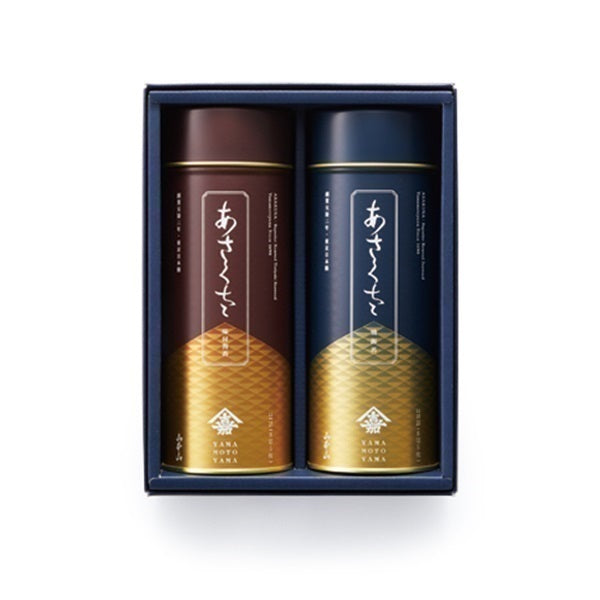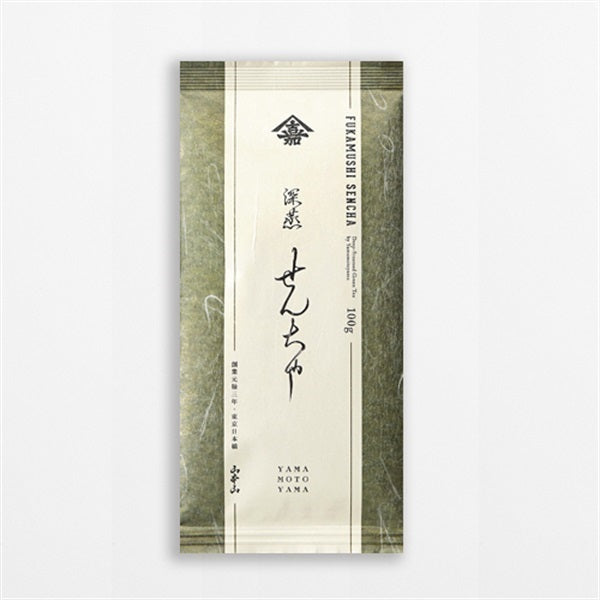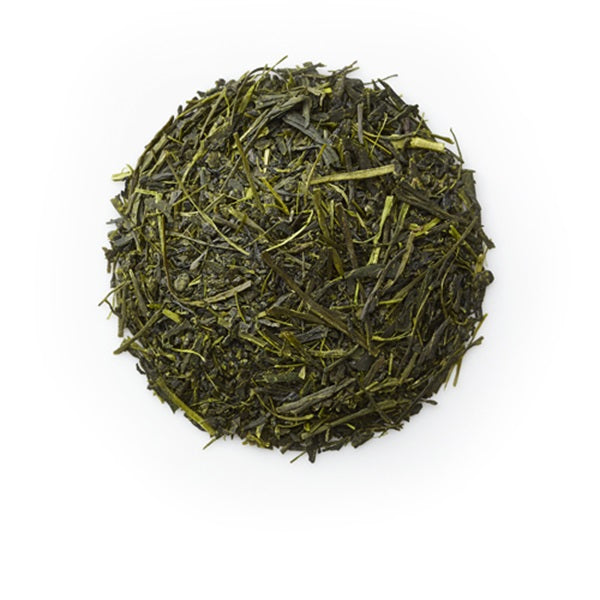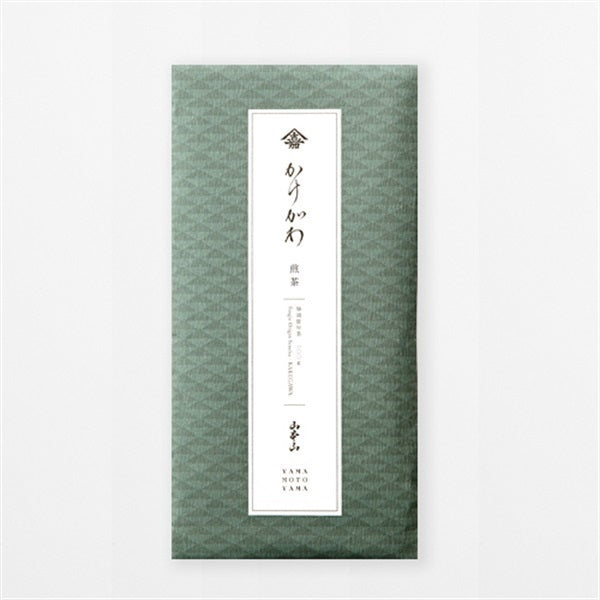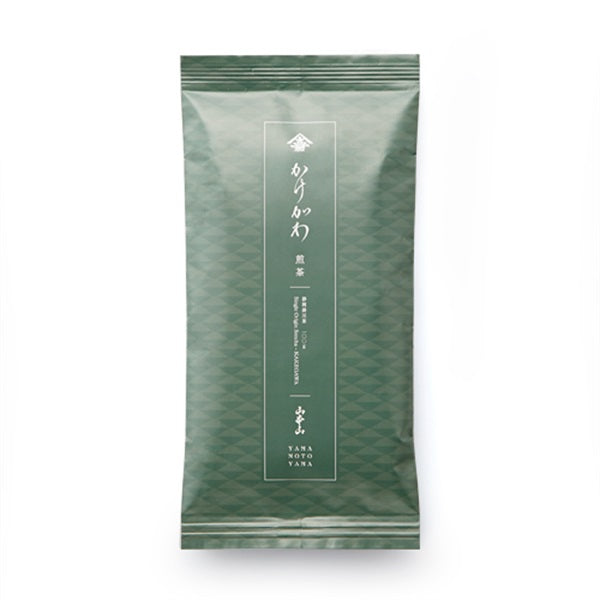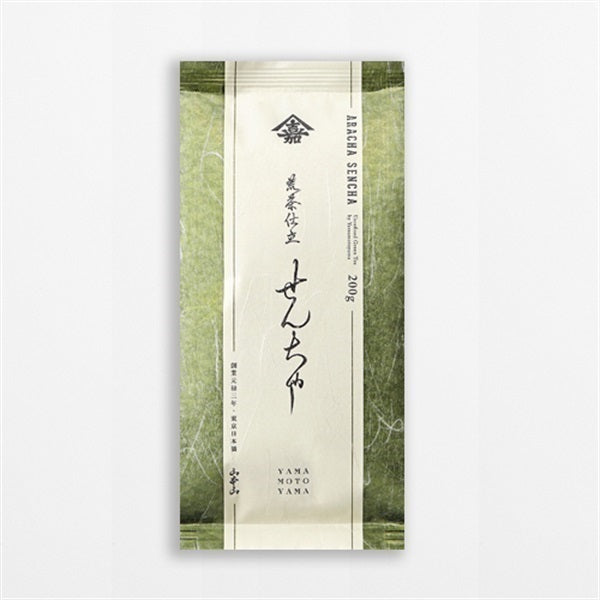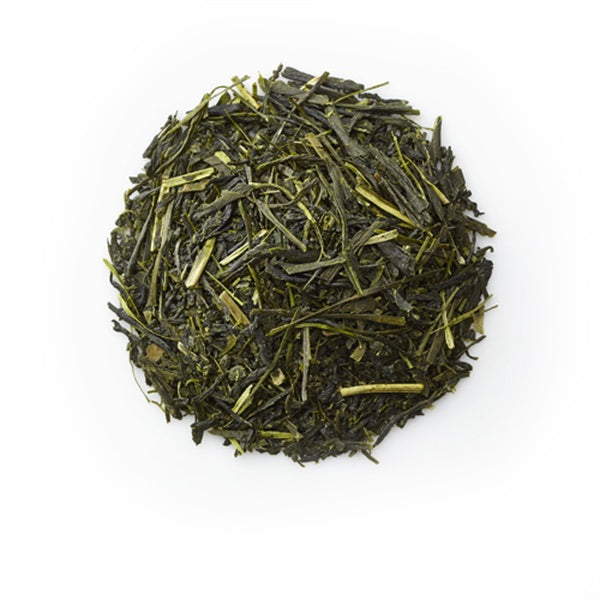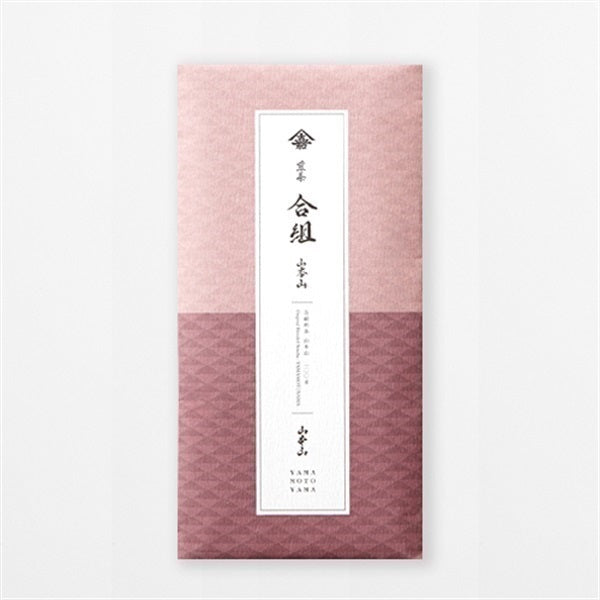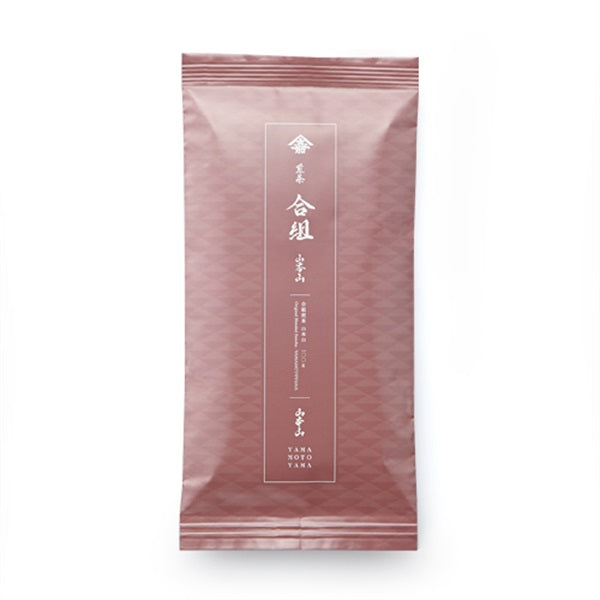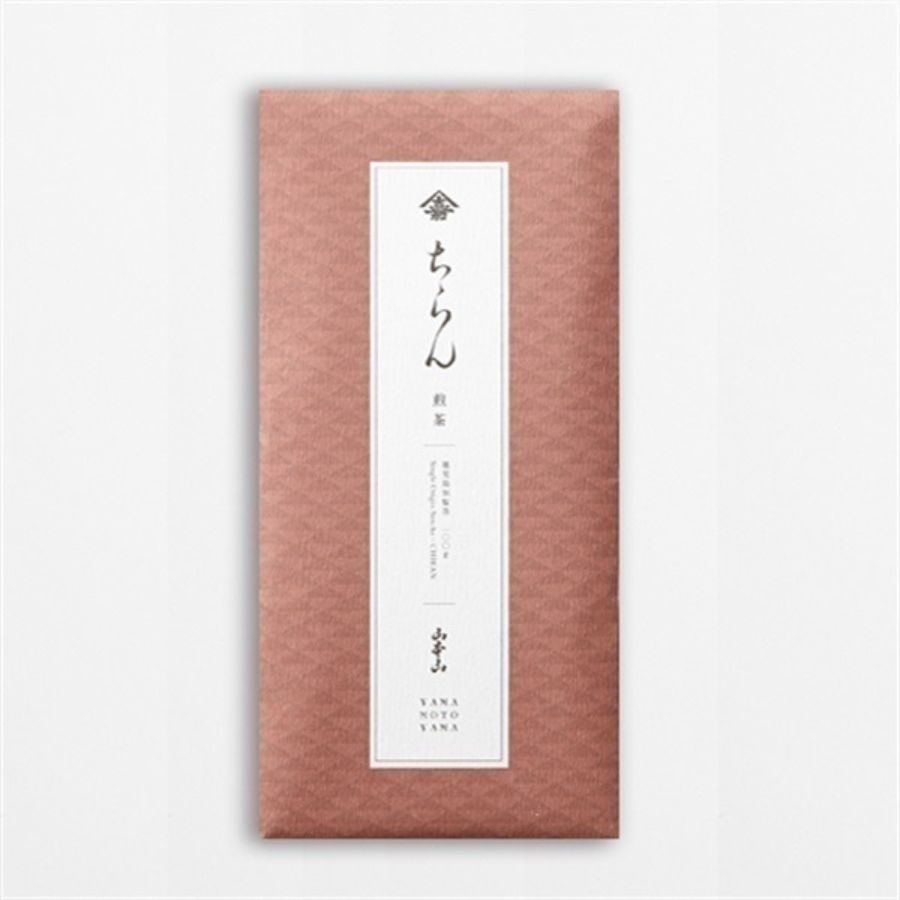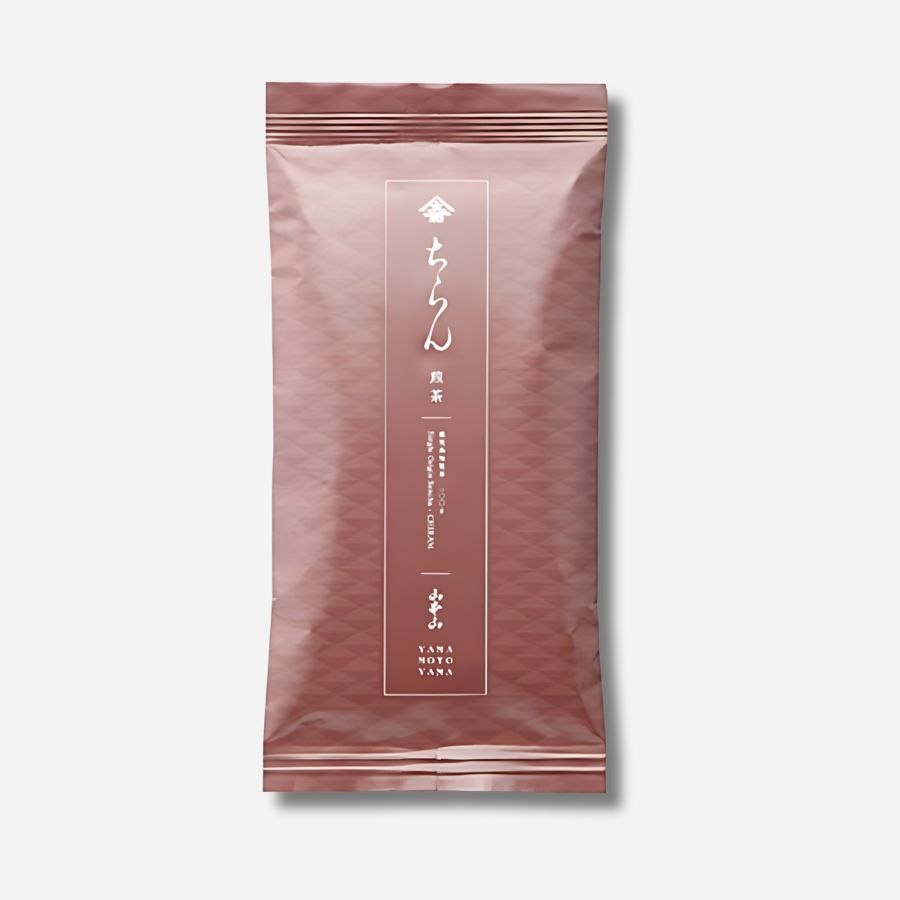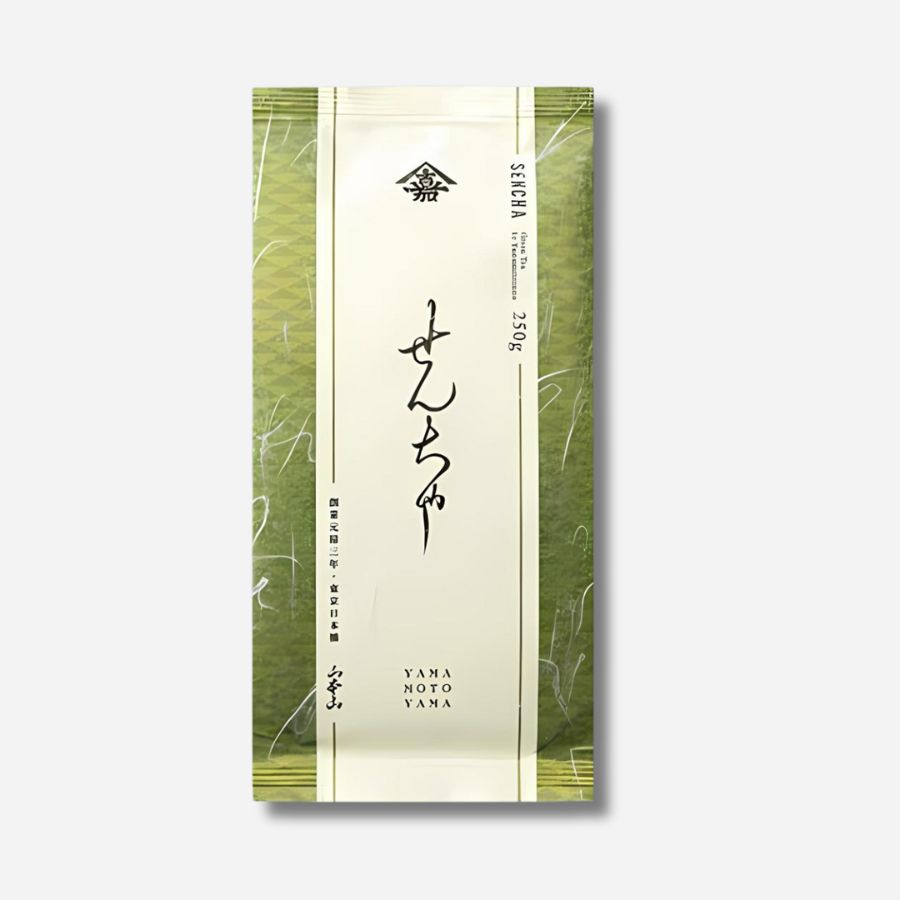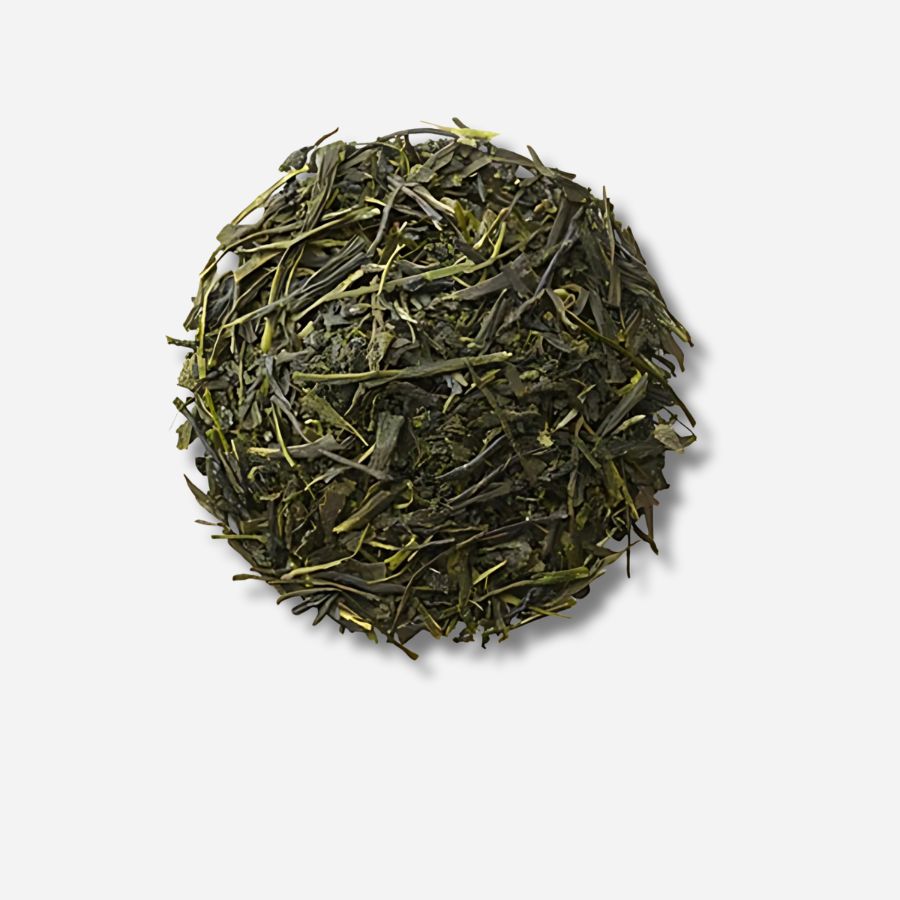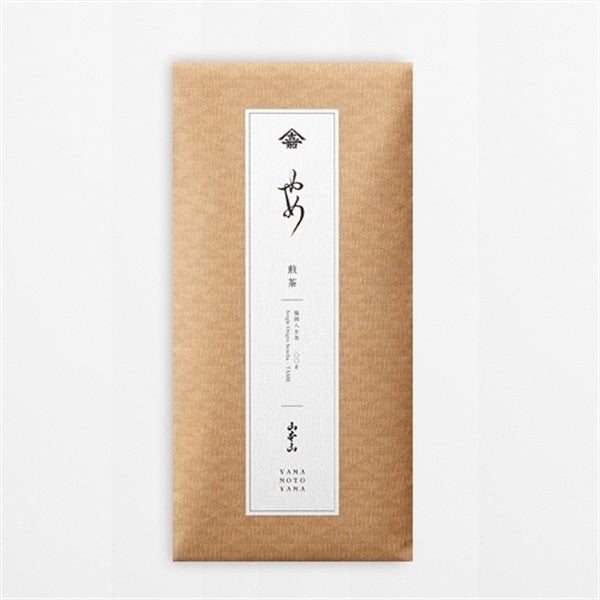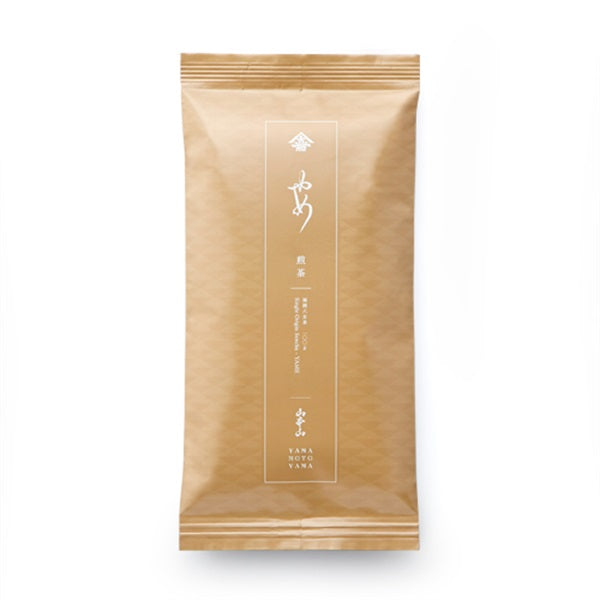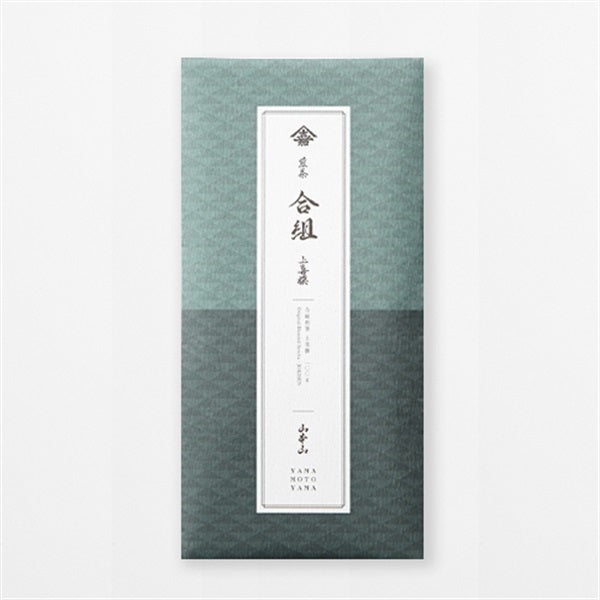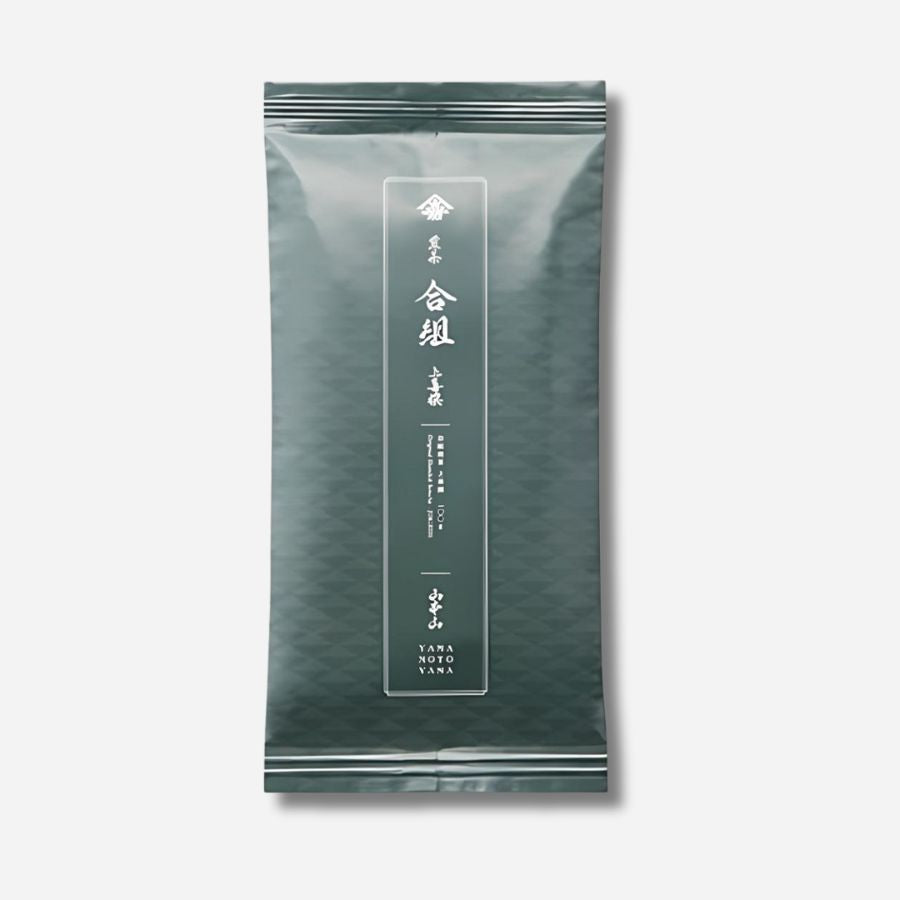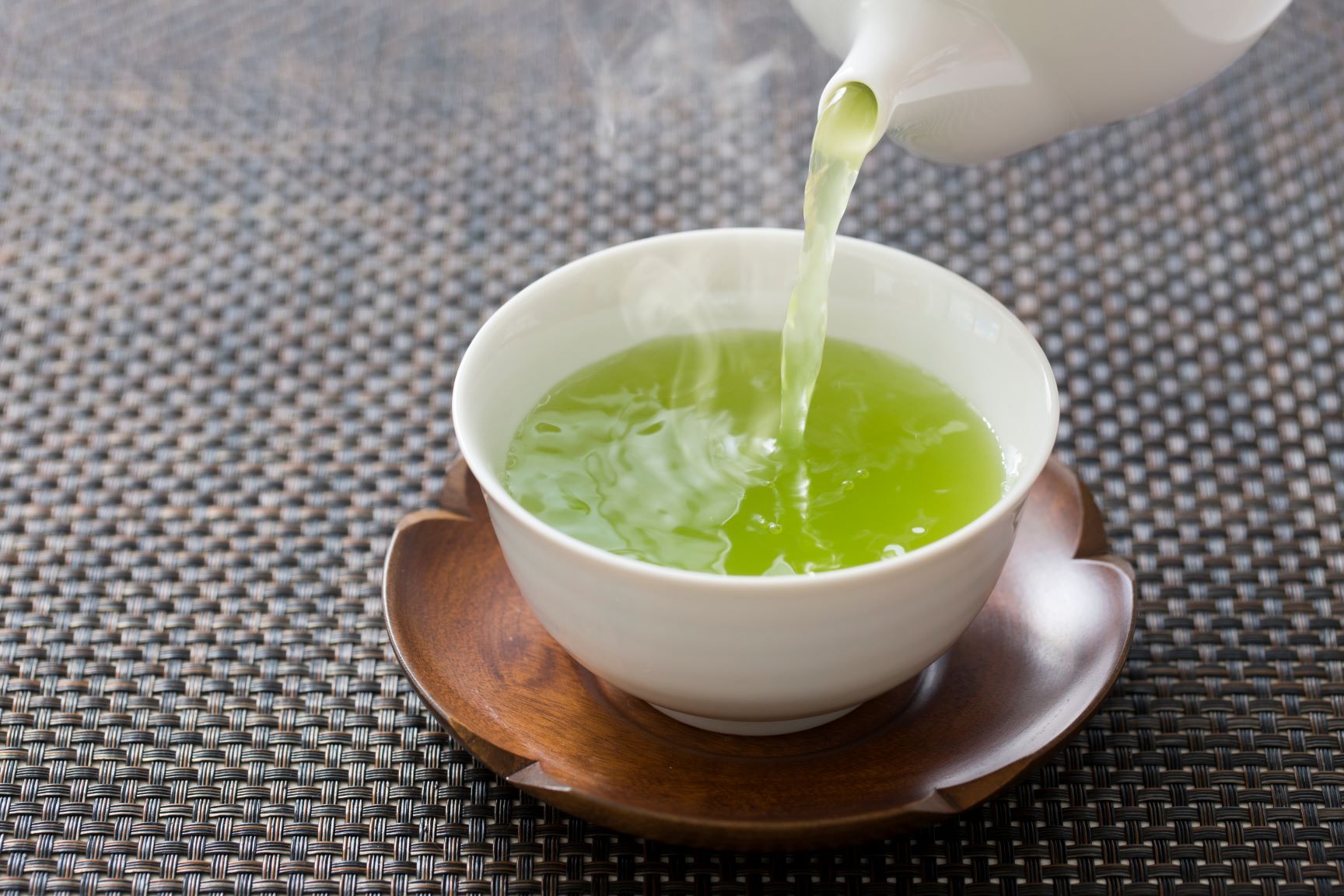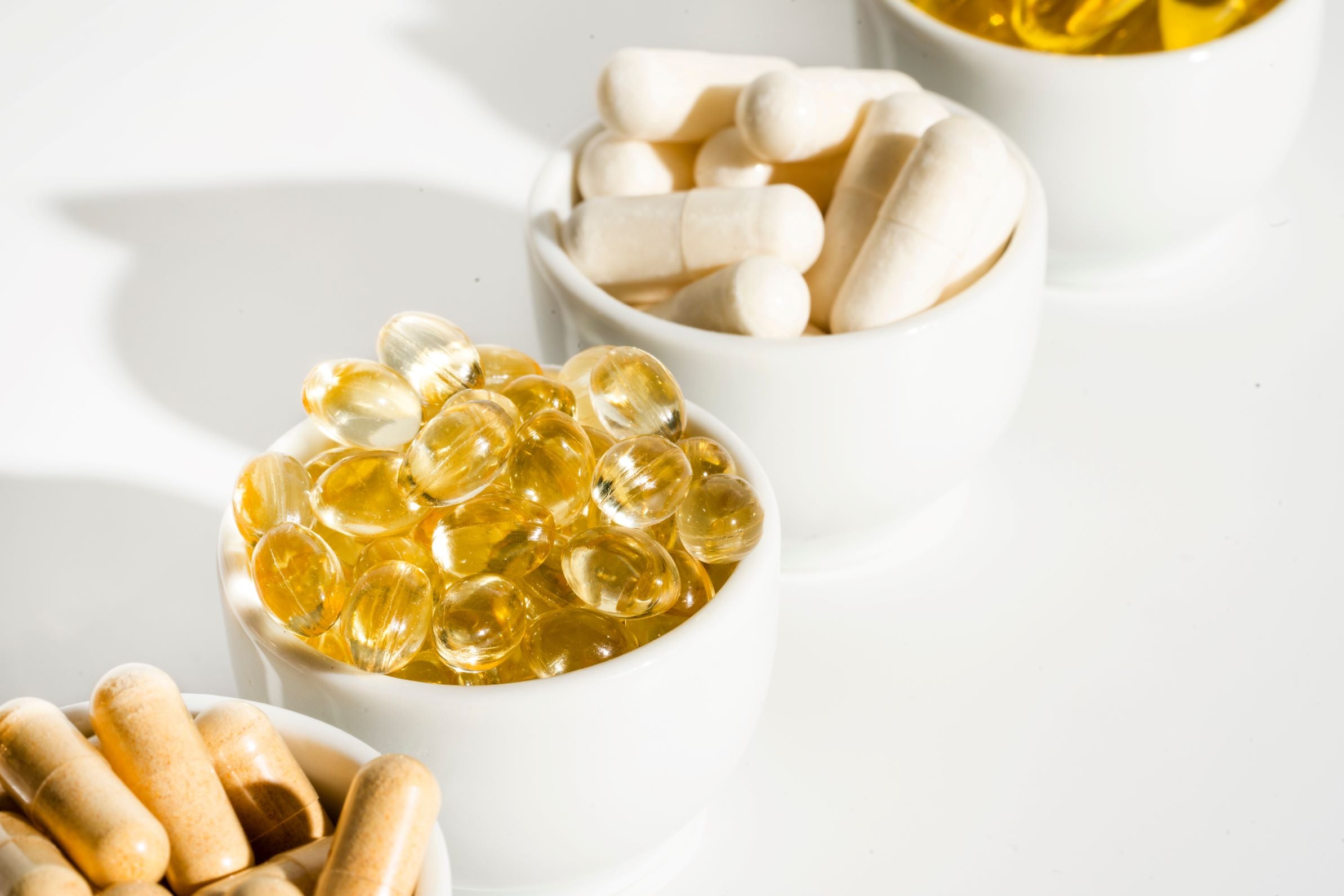
Does Vitamin C not break down? The scientific secret of green tea explained
The Importance of Vitamin C and the Effects of Deficiency
Vitamin C is an essential nutrient for maintaining our health.
It helps produce collagen, which contributes to maintaining healthy skin and blood vessels. However, it cannot be stored in the body and must be obtained from the daily diet.
A deficiency of vitamin C can lead to a variety of health problems, including scurvy, a weakened immune system, and increased susceptibility to colds.

Surprising facts about vitamin C in tea
Surprisingly, tea, especially high-quality sencha, is rich in vitamin C. It is said that drinking 4-5 cups of sencha a day provides 30-50% of your daily vitamin C intake.
Vitamin C is generally considered to be a heat-sensitive nutrient that is easily destroyed during the cooking process.
However, even after brewing tea, a relatively large amount of vitamin C remains. This is because the compound catechin contained in tea protects vitamin C from oxidation and makes it less likely to break down.

Why Vitamin C is Heat-Sensitive
Vitamin C is a nutrient that is sensitive to heat, light, and oxygen and is easily destroyed during cooking. In fact, more than 50% of the vitamin C contained in vegetables is broken down when boiled for 10 minutes.
This is because vitamin C is easily soluble in water and its molecular structure changes when exposed to heat, causing it to break down.

Why is the Vitamin C in tea stable?
However, the vitamin C contained in tea is relatively stable compared to other foods.
This is because tea leaves contain a compound called catechin, which protects vitamin C from oxidation and makes it less likely to break down.
Catechin has a very strong antioxidant effect and prevents vitamin C from being oxidized and broken down. In general, vitamin C is sensitive to heat and light, and is often destroyed during cooking and storage.
However, the catechins contained in green tea act like a shield, covering the vitamin C and protecting it from oxidation, so a relatively large amount of vitamin C remains even after brewing the tea.

The relationship between green tea manufacturing method and vitamin C
The process by which green tea is made also helps to prevent vitamin C from being destroyed.
Raw tea leaves contain an enzyme that destroys vitamin C, but in the green tea manufacturing process, the tea leaves are steamed in high-temperature steam all at once to quickly stop the action of this enzyme. This prevents the vitamin C in the tea leaves from oxidizing, allowing them to be stored in a relatively stable state.
What do you think? From these findings, we hope you understand that tea is an effective way to get vitamin C.

Not all tea leaves are rich in vitamin C
However, not all tea leaves contain the same amount of vitamin C.
Vitamin C in crops is produced when exposed to sunlight. Therefore, tea leaves grown in more sunlight tend to contain more vitamin C than gyokuro or matcha grown under cover cultivation.
Also, because vitamin C is easily oxidized, it is only present in small amounts in oolong tea, which is made by fermentation, and is completely absent in black tea.

summary
Tea is an easy way to get vitamin C.
Catechins protect vitamin C, and the manufacturing process of green tea also makes it less likely for vitamin C to be broken down, so drinking tea is an efficient way to replenish vitamin C.
Why not end your day with a relaxing cup of tea and start building a healthy body?

